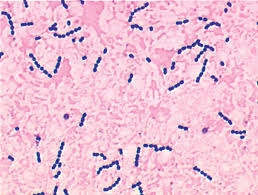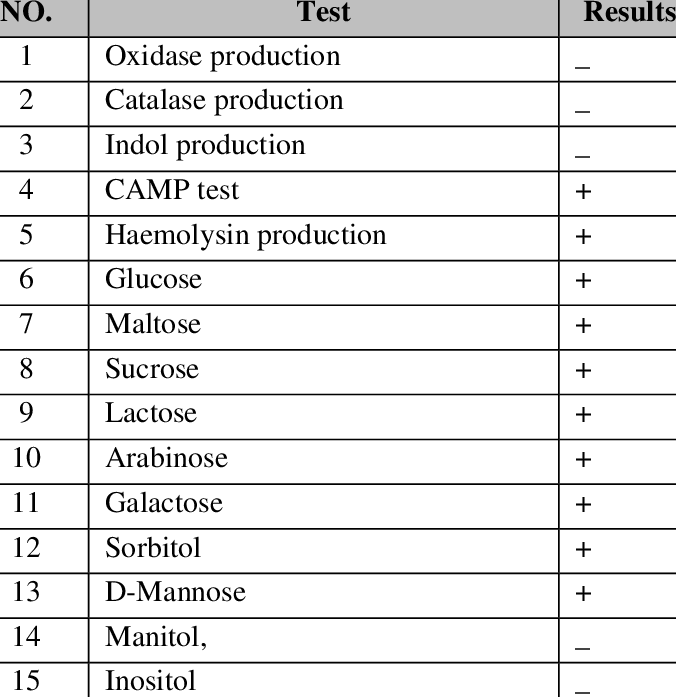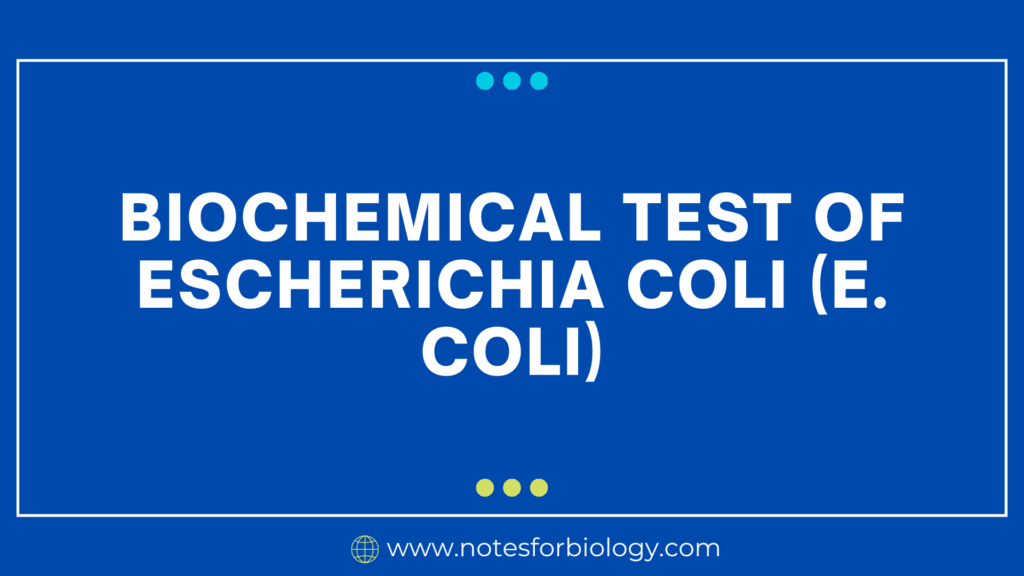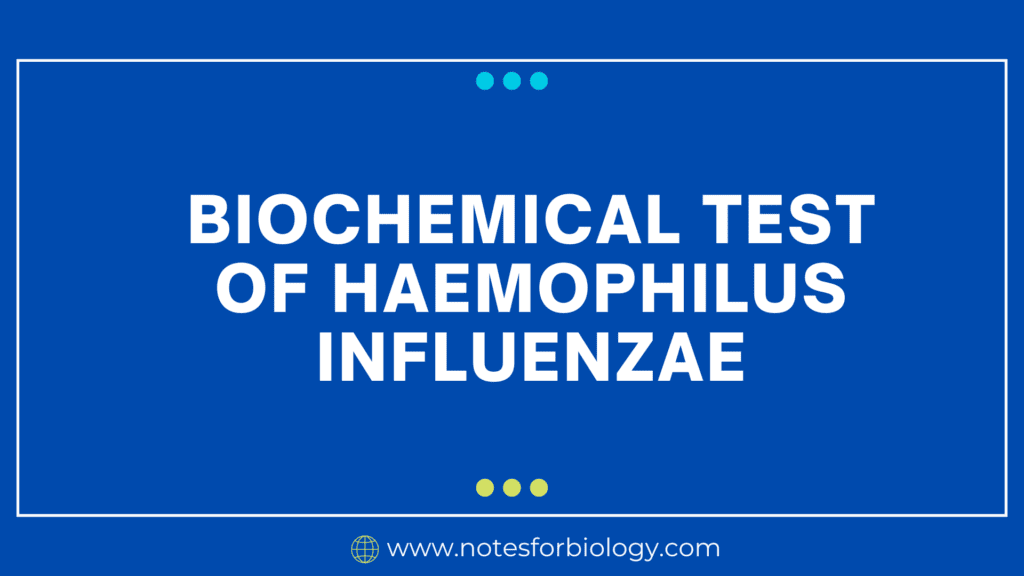Streptococcus agalactiae (also known as Group B Streptococcus, or GBS) from other streptococci, biochemical testing is essential. The most prevalent streptococci pathogen in humans, S. agalactiae, is categorized as belonging to group B in Rebecca Lancefield’s streptococci taxonomy. A bacterial capsule made of polysaccharides (exopolysaccharide) envelops GBS. The species’ immunologic reactivity of its polysaccharide capsule is used to subclassify it into ten serotypes (Ia, Ib, II–IX). The main biochemical assays used to identify this pathogen are described in detail below:
Table of Contents
Streptococcus agalactiae

Gram Staining
The bacteria S. agalactiae is Gram-positive.
- Method: After smearing the sample on a slide, it is stained with crystal violet, iodine, alcohol, and safranin for counterstaining.
- As a result, chains of purple spherical cells are visible as gram-positive cocci.
Hemolysis on Blood Agar
On blood agar, S. agalactiae displays distinctive hemolysis patterns.
- Process: Sheep blood agar is used to cultivate the bacteria.
- As a result, there are distinct, narrow zones of beta-hemolysis surrounding colonies.
CAMP Test
The CAMP test differentiates S. agalactiae based on its synergistic hemolytic activity with Staphylococcus aureus
- Method: S. aureus is streaked on a blood agar plate. The test bacteria makes a perpendicular streak close by without coming into contact with the S. aureus streak.
- Result: An arrowhead-shaped zone of increased hemolysis at the intersection indicates a positive result and confirms the presence of S. agalactiae.
Hippurate Hydrolysis Test
Sodium hippurate can be hydrolyzed by S. agalactiae to produce glycine and benzoic acid.
- Method: After adding ninhydrin reagent, the bacterium is cultured in hippurate broth.
- Result: Hippurate hydrolysis is confirmed when the color turns deep blue or purple.
Bile Esculin Test
This test uses the capacity of S. agalactiae to hydrolyze esculin in the presence of bile to help distinguish it from other streptococci.
- The process involves inoculating the bacterium onto bile esculin agar.
- As a result, S. agalactiae usually has poor results with no medium blackening.
6.5% NaCl Tolerance Test
One characteristic that sets S. agalactiae apart from several other streptococci is its capacity to grow at high amounts of salt.
- Method: The bacteria is added to broth that has 6.5% sodium chloride in it.
- As a result, S. agalactiae differs from enterococci that can withstand salt by generally not growing (negative outcome).
Voges-Proskauer (VP) Test
This test finds the fermentation of glucose that produces acetoin.
- Method: After adding VP reagents, the bacteria is cultured in MR-VP broth.
- Result: A favorable outcome is shown by a red hue following the addition of chemicals. VP positivity is the norm for S. agalactiae.
Carbohydrate Fermentation Tests
These assays determine S. agalactiae’s capacity to ferment particular carbohydrates while producing acid.
- Method: Using a pH indicator, the bacteria is added to broths that contain particular carbohydrates (such as glucose, lactose, or sucrose).
- Result: Acid generation from the fermentation of carbohydrates is shown by a change in color. Acid is produced when S. agalactiae ferments a variety of polysaccharides.
Pyrrolidonyl Arylamidase (PYR) Test
The pyrrolidonyl arylamidase enzyme is found using this test.
- Method: After moistening a disc impregnated with a PYR substrate, the bacteria is added to the disc.
- The absence of PYR enzyme activity is shown by a negative result, which helps distinguish it from PYR-positive species such as S. pyogenes.
Latex Agglutination Test
Using latex agglutination, specific antigens on the surface of S. agalactiae can be identified.
- Method: A bacterial suspension is combined with latex beads coated with antibodies that are specific to Group B streptococcal antigens.
- Result: Agglutination, or clumping, is a positive test that verifies the existence of Group B antigens.

Summary of Results
- Positive tests include the VP test, hippurate hydrolysis, beta-hemolysis, CAMP test, and carbohydrate fermentation (a process that produces acid).
- Negative Tests: PYR test, 6.5% NaCl tolerance, and bile esculin.
These biochemical assays offer a thorough way for precisely identifying S. agalactiae, and they are supplemented by molecular techniques such as PCR for conclusive identification. For infections to be effectively treated and managed, accurate diagnosis is crucial, especially in cases where GBS can cause serious illness in newborns and expectant mothers.
Frequently Asked Questions(FAQ)
Define Streptococcus agalactiae?
Streptococcus agalactiae (also known as Group B Streptococcus, or GBS) from other streptococci, biochemical testing is essential. The most prevalent streptococci pathogen in humans, S. agalactiae, is categorized as belonging to group B in Rebecca Lancefield’s streptococci taxonomy.
What is the test for Streptococcus agalactiae?
Together with other streptococcal species, such as S. pyogenes and S. agalactiae, you can identify S. agalactiae in single plex or triplex format utilizing a molecular method that uses a real-time PCR assay targeting the cfb gene (CAMP factor).
Is Streptococcus agalactiae oxidase positive?
Gram-positive, nonhemolytic, catalase- and oxidase-negative cocci were the isolates. Group antigen B was the serotype for S. agalactiae, while L.
What is Streptococcus agalactiae known for?
Streptococcus agalactiae, commonly referred to as Group B streptococcus (GBS), is acknowledged as a primary cause of neonatal sepsis and postpartum infections. The prevalence of infection in healthy, non-pregnant individuals is rising, particularly in young to middle-aged diabetic women.
Related Article



